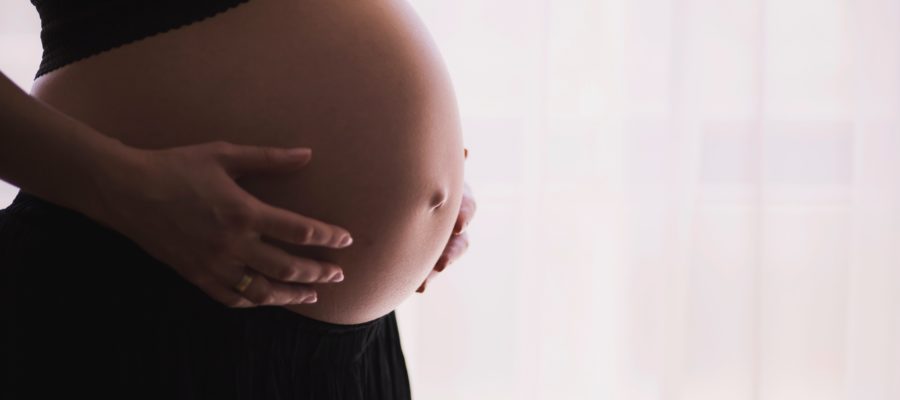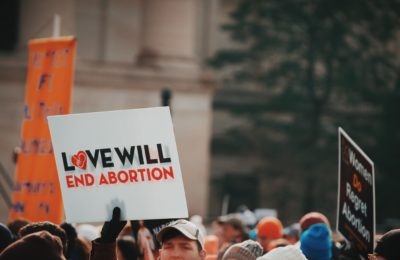Artificial Wombs Could Radically Change the Abortion Debate
August 30, 2017 | Published first in Catholic Herald
It will become clearer that the foetus’s integrity as a living being is fundamentally the child’s own, not the mother’s
In The Dialectic of Sex, published in 1970, the feminist thinker Shulamith Firestone made a case for “ectogenesis” on the basis that it liberated women from “the tyranny of their reproductive biology”. Ectogenesis – the development of a foetus outside a woman’s body, in an artificial womb – would, Firestone proposed, help to bring about greater gender equality by diffusing childbearing and childrearing to “society as a whole”.
At that time, IVF was still highly experimental, and far from the multi-million pound industry it is today. Now scientists in Britain are able to sustain a human embryo outside a woman’s body for at least 13 days – possibly more, although the “14-day rule” on embryo experimentation forbids this.
And what of “artificial wombs” for more developed babies? Recently, scientists announced that they successfully gestated premature lambs in “biobags” filled with laboratory-made amniotic fluid. Many hope that such technology can be used for premature human babies one day and, indeed, the first clinical trial could happen in the next three years.
The thought of “babies in bags” is perhaps frightening to some, but in a way these biobags are simply extensions of current incubator technology. Incubators are effectively artificial wombs, because they too make up for the absence of a maternal uterus in helping premature babies develop.
And it is thanks to incubators that we have learnt to recognise just how changeable foetal “viability” is. In the 1970s, babies were only considered viable at around 28 weeks. Today we tend to put that number at 24 or even 23 weeks. Biobags might well bring that down even further.
Such “partial ectogenesis” – sustaining babies already born, though premature, in some device – can certainly do much good. But our present technological capabilities also raise the spectre of “complete ectogenesis”, where a new life is conceived in vitro and put inside an artificial womb all the way up to “birth”. We are probably still many years away from that, but we may see it in our lifetimes.
It thus seems that we are closer than ever to Firestone’s hope of severing reproduction entirely from the woman’s body. More recently, such greater reproductive choice for women, especially those who are infertile, has also been lauded by the philosophers Peter Singer and Deane Wells. Intriguingly, they even raise the possibility that complete ectogenesis might end the abortion debate, as all foetuses and embryos would be considered viable regardless of age.
If the right to an abortion stems from bodily autonomy, then terminating a pregnancy does not give one reason to kill a foetus one can simply remove and place in an artificial womb instead. Pro-choicers and pro-lifers, they write, “can then embrace in happy harmony”.
Of course, the abortion debate is more complicated than that, but I do think ectogenesis will lead to some kind of rethink of viability-based abortion laws, such as Britain’s, which already had its abortion limit reduced from 28 to 24 weeks in 1990.
After all, artificial wombs can help us see the oft-hidden humanity of the unborn child. It becomes clearer that the foetus’s integrity as a living being is fundamentally the child’s own, not the mother’s.
Certainly, foetuses and wombs are by their nature orientated towards each other such that only serious medical reasons can justify partial ectogenesis. But if artificial wombs prove so successful, it is possible people may start choosing even complete ectogenesis for social reasons – to stay in a job or to not have to give up alcohol.
This kind of “greater reproductive choice” might look attractive; women would no longer have to bear the biological “burden” of pregnancy and its associated losses in life. But will the burden then fall heavily on the medical professionals tending to babies in machines, who will be effectively become high-tech babysitters at whose door parents can leave their embryos and return nine months later? Certainly, ordinary babysitting is justifiable even for social reasons, but not quite on that scale except in very grave circumstances. It is hard to see how ectogenesis, if widespread as a social choice, will not lead to an increased commodification of children.
Firestone suggested that ectogenesis would liberate children from their mothers’ “possessiveness”. But if we do not want “possessive” mothers, replacing them with machines portends something worse: enslavement to the very machines we made. Governments or firms might actively discourage women from becoming pregnant, pressuring them to choose ectogenesis so that they will be less economically disruptive. That would hardly be women’s liberation.
We have really only just begun to reflect seriously on the place of artificial wombs in society, despite the huge changes – good or bad – they might bring. Hence, we need to reflect intensely on the meaning of pregnancy, and its profound significance for the mother and child who are bound in a kind of communion.
As Christians, believing in a Saviour who “abhors not the Virgin’s womb”, we should be particularly well-placed for this task. That Christ, born of woman, is Deus ex homo is by no means incidental to our faith. That should give us reason to think that, however much we must strive towards greater equality for women, artificial wombs would scarcely be a deus ex machina for that fight.


